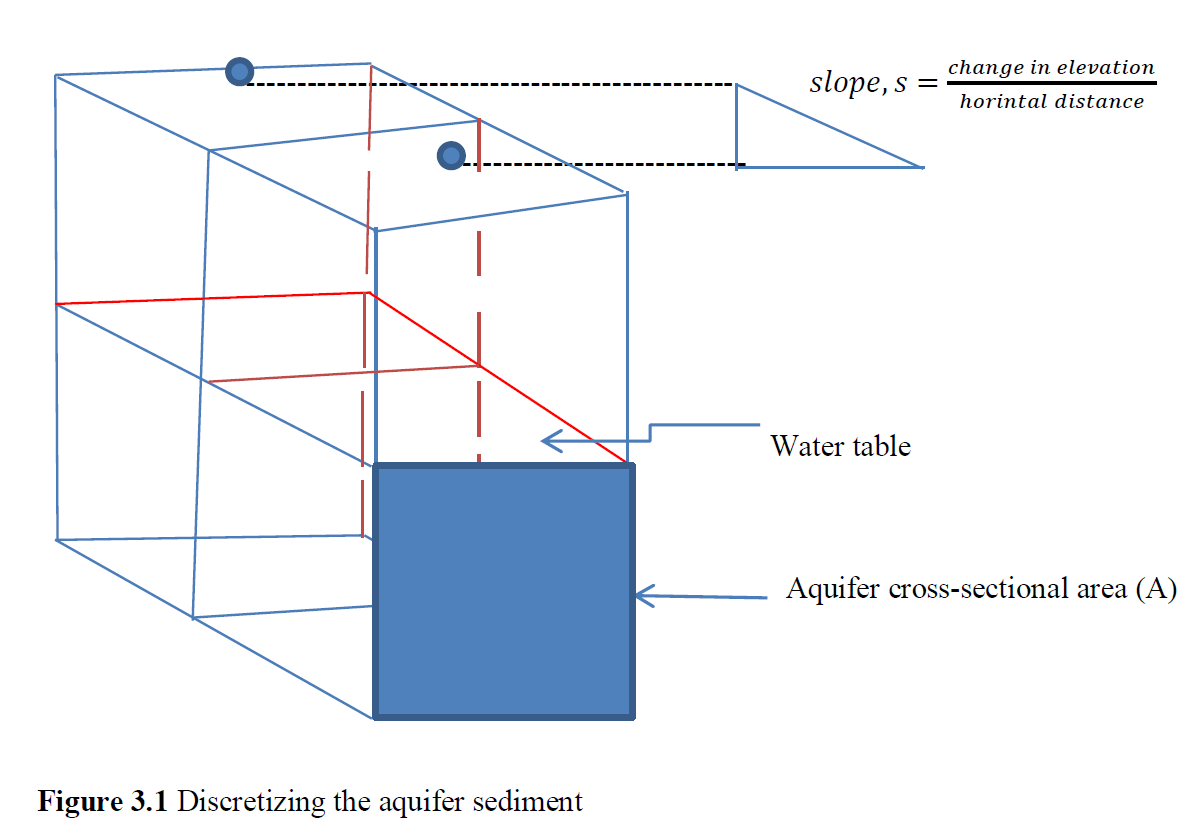Increasing rate of seepage velocity from several formation characteristics, such as permeability and porosity, in water aquifer environment greatly prompt pollution of water reservoirs within a short period of time. Considerably, migration rate of dissolved heavy metals from Solid Waste Dumpsites (SWD), such as municipal dumpsites and landfills, through heterogeneous aquifer environment, and finally into nearby water reservoirs are mainly influenced by variation of seepage velocity within the soil and water environment. This presents a dynamic system for water pollution that was studied using a formulated mathematical model to describe the transport process of dissolved heavy metals, mainly characterized by seepage velocities, within the water aquiferous environment. Permeability, porosity, fluid pressure and concentration of heavy metals in aquiferous environment were used as principal parameters that influence seepage velocity of the metals, in dissolved state, through the structural formation of water aquifers. The derived mathematical equations that constitute the model of this study were generated through Darcy’s law and the equation of continuity. The model was validated on structural river aquifer sediments, and it was solved using graphical method through matlab open-source software. The initial and boundary conditions were obtained by discretizing the geological setting of flow region so as to transform the gradient of the head, into the time domain.

